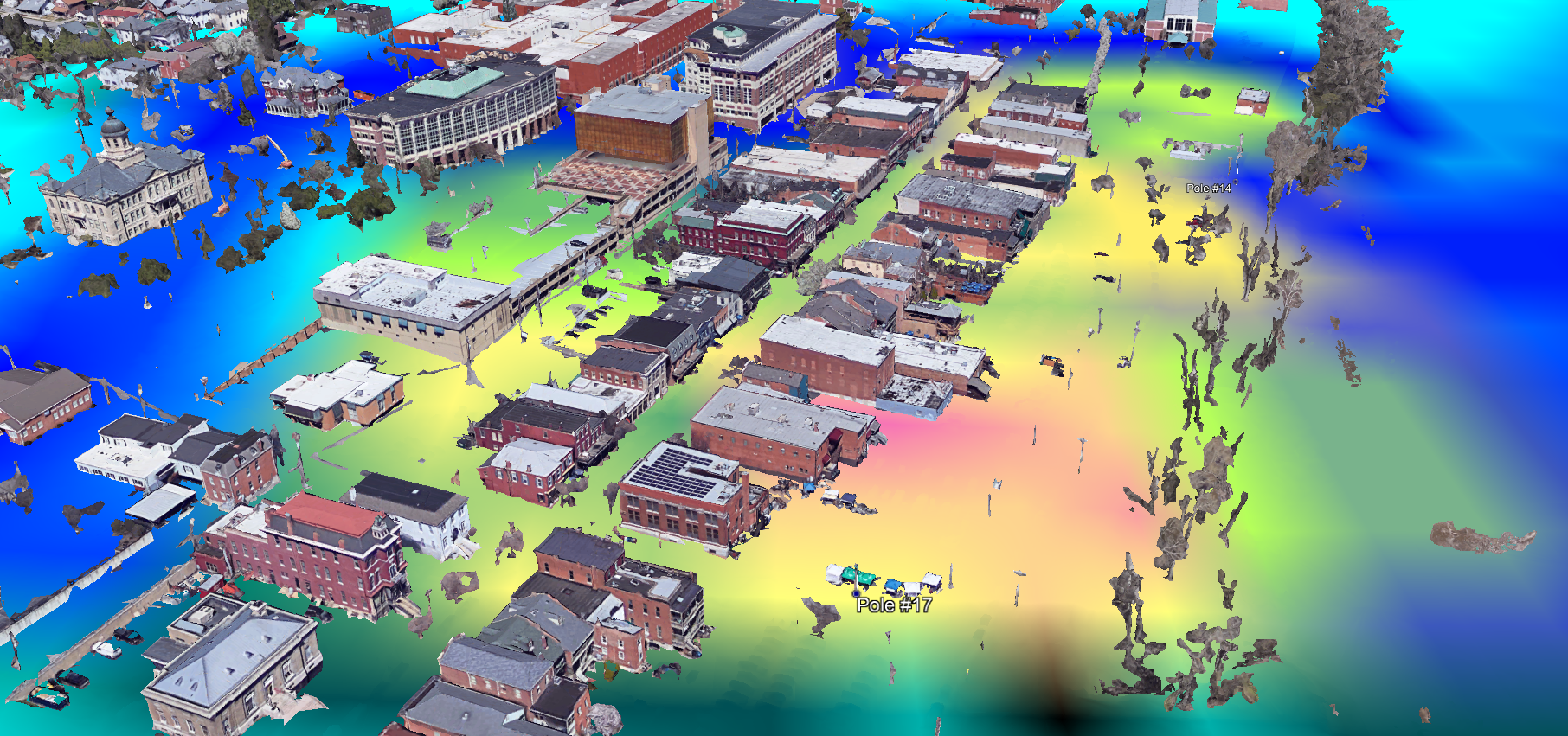Our Approach
Our Approach is Simple…
If you ask our clients, you’ll find that Airpacket is known primarily for two things: The results we achieve, and the means we use to achieve them. If you ask us, we’ll tell you that the first of these depends on the second. We’re able to deliver outstanding outcomes – as measured by reliability, cost-effectiveness, suitedness for purpose, and overall project success – because we follow a systematized best-practices protocol designed to drive excellence at each stage of your project.
Phase One:
DISCOVERY
SITE EVALUATION, SURVEY & SIMULATIONS
BENCHMARKING
DESIGN AND PLANNING


Phase Two:
CARRIER AND OR AHJ COORDINATION
PRE-CONSTRUCTION SURVEY
FINAL DESIGN
CARRIER/ FCC/ AHJ APPROVALS
Phase Three:
CONSTRUCTION / INSTALLATION
COMMISSIONING
SYSTEM ACCEPTANCE TESTING AND OPTIMIZATION
PROJECT CLOSEOUT
MONITORING, MAINTENANCE AND SUPPORT

From project conception to full deployment and support…
The results we achieve for your organization, drive excellence at each stage of your project.

The Results Are Amazing...
We are always happy to talk about it, but showing and proving our results are what get our hearts pumping. We offer a wide range of services with stunning visual representations of the results. Contact us to visualize your project.
